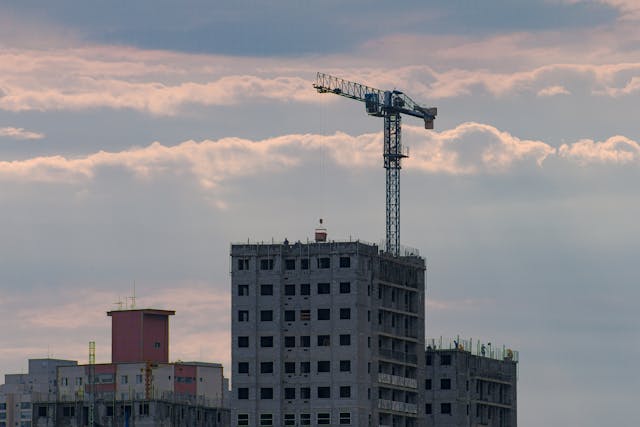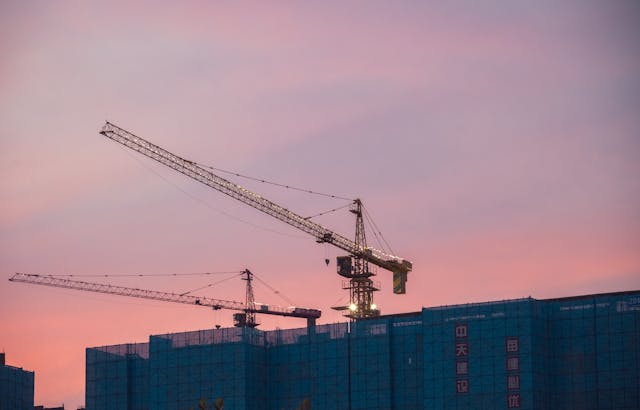Cranes play a vital role across a range of industries in Australia—from construction to shipping, mining, and infrastructure development. However, as indispensable as they are, cranes also pose significant risks when not operated correctly. Crane-related accidents can lead to severe injuries, equipment damage, and costly project delays. Understanding the most common crane accidents and how to prevent them is key to maintaining a safe, efficient worksite.
In this article, we’ll explore the leading causes of crane accidents and outline practical safety measures to reduce the risk. Whether you’re working on a high-rise build in the city or operating cranes in extreme conditions, awareness and preparation are crucial.
Crane Tipping or Overturning
The Risk: One of the most dangerous accidents involving cranes is tipping—usually caused by exceeding load limits, using the wrong crane for the job, or operating on uneven ground.
Prevention Tips:
- Always adhere to the crane’s load chart.
- Ensure ground conditions are assessed and reinforced if needed.
- Use outrigger pads and mats to provide stability.
- Train operators to understand the crane’s load capacity in varying configurations.

Contact with Power Lines
The Risk: Electrocution is a leading cause of crane-related fatalities. This typically occurs when a crane boom or load line comes into contact with overhead power lines.
Prevention Tips:
- Identify all power sources near the worksite before beginning operations.
- Maintain minimum clearance distances as per Australian safety regulations.
- Use a designated spotter to guide operations near power lines.
- De-energise or insulate lines when possible.
Dropped Loads
The Risk: Loads that are not properly secured can shift or fall, endangering both the operator and those working nearby.
Prevention Tips:
- Inspect rigging equipment before each use.
- Use proper slings, shackles, and lifting techniques for each load type.
- Avoid lifting over personnel and establish exclusion zones around crane activity.
Boom Collapse or Structural Failure
The Risk: A crane boom can collapse due to overloading, improper assembly, mechanical failure, or metal fatigue.
Prevention Tips:
- Schedule regular maintenance and thorough inspections.
- Only qualified personnel should erect and dismantle crane components.
- Avoid sudden movements or jerky operation that can stress the boom.
Crane Collisions
The Risk: On busy or congested worksites, cranes may collide with other equipment, buildings, or even other cranes.
Prevention Tips:
- Implement traffic management and lifting plans.
- Use anti-collision devices and proximity alarms.
- Assign a signal person to coordinate complex lifts or dual crane operations.

Weather-Related Incidents
The Risk: Wind, lightning, heavy rain or heat can all impair crane performance and operator visibility, increasing the likelihood of accidents.
Prevention Tips:
- Check wind speed and weather forecasts before operating.
- Cease lifting operations during lightning storms or when conditions exceed safe thresholds.
- Read more about best practices for operating cranes in extreme conditions.
Operator Error
The Risk: Human error—from misjudging load weight to incorrect signalling—can result in costly or catastrophic accidents.
Prevention Tips:
- Ensure operators are fully trained and licensed.
- Conduct regular refresher courses and toolbox talks.
- Foster a safety-first culture where concerns can be raised without hesitation.
Final Thoughts
Crane accidents are almost always preventable with the right training, equipment, and planning – by recognising the most common causes and taking proactive steps, businesses can significantly reduce the risk of incident and protect their team, equipment, and project outcomes.Prioritising safety doesn’t just meet regulatory standards… it’s the foundation for a productive and professional worksite.





